Apparel consumption is increasing day by day globally, as are fashion-related trends. The impact of fashion trends leads to the production of new, varied clothes by brands. Because fashion is an art and creative field, there is no shortage of new trends and designs. Huge apparel production keeps happening every year. There are regular instances when brands need to burn unsold or reject apparel production, leading to wastage. This process leads to greenhouse gas emissions and fills landfills where much fabric does not decompose, leading to environmental pollution. Though there are solutions and steps that can lead to waste reduction in apparel production.
Following are the steps that help in reducing apparel production waste:
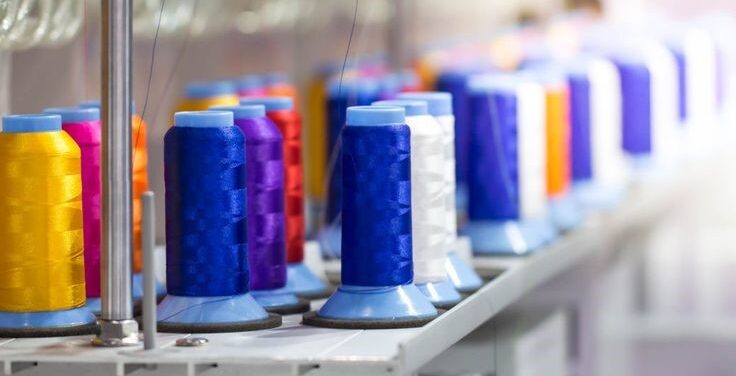
image credit: pinterest
1. Create Efficient Design
Waste reduction in apparel production can be done if a designer makes sure to design clothes by keeping in mind about sustainable production. This will surely make a difference. Fashion is an expressive and creative profession but it should not lead to apparel production waste. Careful selection of overall design and material can lower waste levels. Designers can create patterns that can minimize fabric waste.
2. Managing Material
Before the manufacturing process begins, make sure that the fabric selected can be either recycled or reused when disposed of and won’t harm the environment. They can use organic and recycled materials for apparel manufacturing rather than materials that cannot be recycled. They should focus on sustainable production. Factories should find systematic ways for offcuts reusing or recycling.
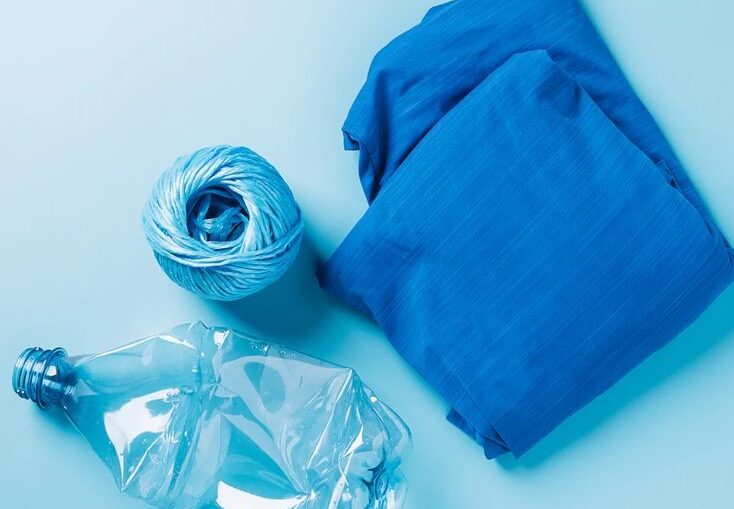
image credit: pinterest
3. Fabric Durability
The zero-waste manufacturing method talks about durability. Selection of fabric materials and design can be done according to durability. This increases the lifespan of garments manufactured. High-quality fabric used for apparel manufacturing helps to reduce apparel waste due to an increase in durability. Even consumers can use such apparel for long periods of time. If the design is curated and not according to the fast-changing trends, it is an advantage for consumers as it increases the lifespan of clothes.
4. Principle Of Circular Design
Waste reduction in apparel manufacturing can be achieved If they follow the approach where the apparel industry creates a closed-loop system. It tends to rethink how clothes are designed, produced, and disposed of. It also encourages rental clothing, resale, and swapping of clothes. It also leads to finding an alternative—recycling old clothes into new ones. It is about planning for a garment’s end life and the shift across the fashion industry about changing the way we think and promoting sustainable production.
!! BOOK A DEMO !!
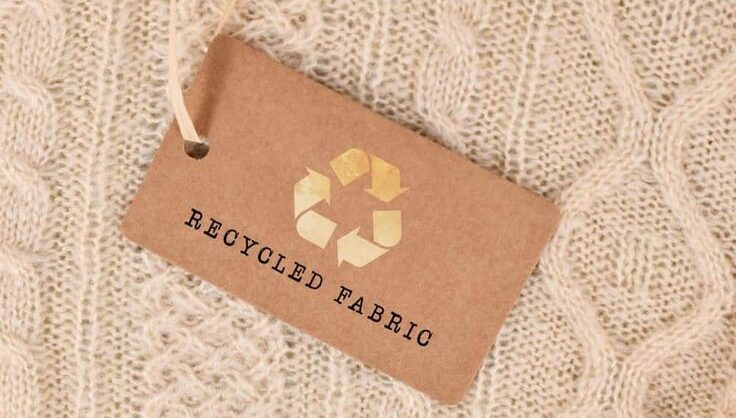
image credit: pinterest
5. Minimalistic Approach
Zero-waste manufacturing also talks about minimalistic approaches. Brands can encourage consumers to adopt a minimalist wardrobe that can reduce demand and is proportional to waste reduction in apparel production. If versatile clothes can be created and can be mismatched, it creates a new range of outfit options. This also creates awareness about consumption and influences the way of thinking even among consumers. It leads to sustainability and also contributes to environment.
6. Educate and Train Employees
When factories start working towards sustainable production, it also changes the way apparel manufacturing is done and adapts new technologies and innovations that help in waste reduction in apparel production and do not harm the environment because of their process. After new manufacturing machines and techniques are installed, it is important for apparel manufacturers to train their employees and teams to understand the waste management process. They should be trained about new manufacturing processes and make sure that steps are followed by the team.
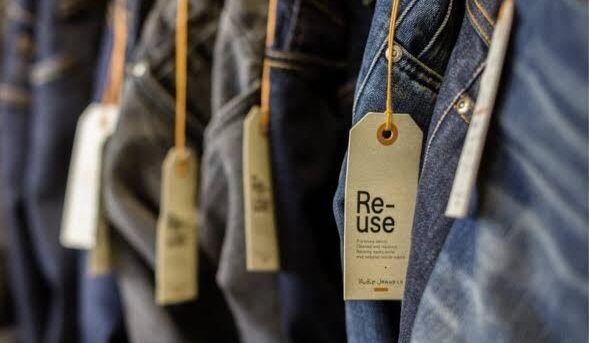
image credit: pinterest
7. Minimizing Cutting Process
In apparel manufacturing, the cutting process of a particular product is an important step. A huge amount of fabric waste is generated during this process. With a zero waste manufacturing approach, designers should try to avoid creating waste by different methods of fabric cutting, like subtraction cutting, jigsaw cutting, and other techniques. They can also use advanced cutting techniques for precision. Small pieces that get formed because of the sewing process should not be wasted and can be used for kids toys or can be made into rugs, contributing to waste reduction in apparel production.
8. Create Awareness Among Consumer
Brands and designers have that power where they can influence consumers about the brand practices and sustainable manufacturing process. This makes them aware of sustainable fashion and reducing garment waste. They should maintain transparency about brand choices and adopt methods of sustainable production and waste control. It can empower consumers to make responsible decisions.
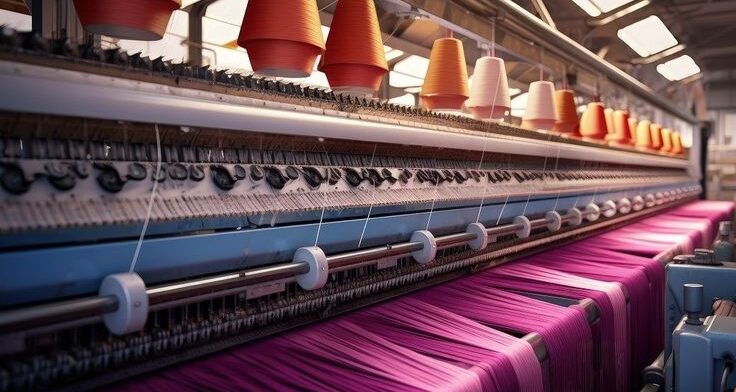
image credit: pinterest
How Does Maker’s Row Help To Reduce Apparel Production Waste?
Apparel production waste has been a problem that needs to be controlled with the right amount of steps. New local brands might be unaware about the solution for waste reduction in apparel production and deserve support. Maker’s Row is a platform that provides best-of-solution insights from industry experts and connects you with manufacturers and factories that believe in your brand’s ideas.
!! BOOK A DEMO !!
Conclusion
With the increase in awareness about apparel production waste, many factories are trying to adapt the above-mentioned steps to reduce and segregate waste management in the future. Upcoming and existing brands can hopefully take this issue seriously. And can go for the zero waste manufacturing concept. This also contributes towards a better environment. Manufacturers can take responsibility for sustainable apparel manufacturing. This leads to waste reduction in apparel production.
You Can Also Read..
- Importance Of Green Energy In Sustainable Apparel Manufacturing
-
Top 5 Eco-Friendly Practices Apparel Factories Must Adopt in 2024
-
How Apparel Factories Are Revolutionizing Sustainable Fashion in 2024